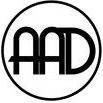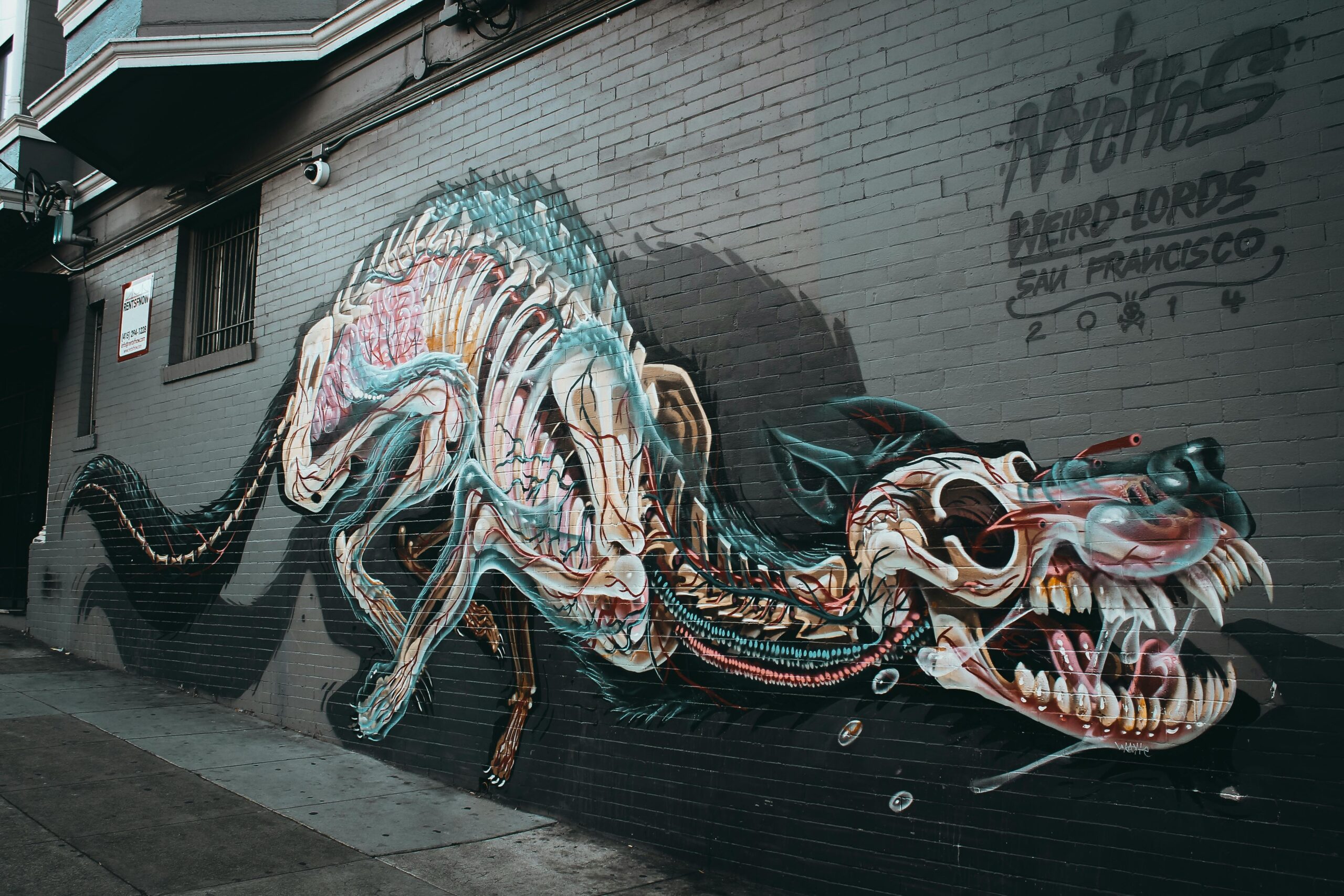What is Fantasy Art?
Fantasy art is a genre that allows artists to escape the constraints of reality and explore imaginative worlds, creatures, and characters. It encompasses a wide range of styles and themes, often incorporating elements of magic, mythology, and folklore. Artists who specialize in fantasy art use their creativity and imagination to bring to life fantastical scenes that transport viewers to realms beyond the ordinary.
In fantasy art, artists have the freedom to bend the rules of physics and let their imagination run wild. Whether it’s epic battles between mythical creatures, enchanting landscapes, or mysterious sorcery, fantasy art invites viewers to suspend their disbelief and immerse themselves in a world of awe and wonder. Through intricate details, vibrant colors, and captivating storytelling, fantasy art sparks the imagination and invites viewers to explore the boundless possibilities of the fantastical realms created by the artist.
Different Styles in Fantasy Art
Fantasy art encompasses a diverse range of styles that allow artists to bring their imagination to life. From the vibrant and whimsical to the dark and surreal, artists can explore various themes and aesthetics within the realm of fantasy. One popular style is known as high fantasy, characterized by elaborate world-building, mythical creatures, and epic storytelling that transport viewers to fantastical realms filled with magic and wonder.
Another prominent style in fantasy art is dark fantasy, which delves into the eerie and macabre aspects of the genre. Artists working in this style often depict haunting landscapes, menacing creatures, and themes of death and decay. Dark fantasy art can evoke a sense of mystery and foreboding, captivating viewers with its unsettling beauty and otherworldly atmosphere.
- High fantasy style is characterized by elaborate world-building and epic storytelling
- It often features mythical creatures and fantastical realms filled with magic
- Dark fantasy delves into eerie and macabre aspects of the genre
- Artists in this style depict haunting landscapes, menacing creatures, and themes of death and decay
- Dark fantasy art can evoke a sense of mystery and foreboding
History of Art and Fantasy
Fantasy art has a rich history that dates back centuries, with roots in ancient folklore, mythology, and legends. Artists throughout the ages have been inspired by fantastical creatures, magical realms, and epic battles, bringing these fantastical elements to life through their art. From the intricate tapestries of the Middle Ages to the romantic paintings of the Romantic era, fantasy art has continuously evolved and adapted to reflect the imaginative worlds of its creators.
In the 20th century, the genre of fantasy art experienced a surge in popularity with the rise of science fiction and fantasy literature. Artists like Frank Frazetta, Boris Vallejo, and H.R. Giger gained widespread recognition for their captivating and evocative fantasy art, which often graced book covers, movie posters, and album artwork. As technology advanced, digital art also became a prominent medium for creating fantastical worlds, allowing artists to explore limitless possibilities in their creations.
Influential Fantasy Artists
J.R.R. Tolkien is a monumental figure in the realm of fantasy art. His vivid descriptions of Middle-earth in “The Lord of the Rings” series have inspired countless artists to bring his imaginative world to life on canvas. Tolkien’s work has not only influenced fantasy art but has also shaped the entire genre of fantasy literature.
Another influential artist in the world of fantasy art is Boris Vallejo. Known for his powerful and dynamic paintings of muscular heroes and ethereal heroines, Vallejo’s work has become iconic in the fantasy art community. His detailed and intricate illustrations have set a high standard for aspiring fantasy artists around the world.
Tools and Techniques Used in Fantasy Art
When it comes to creating captivating fantasy art, artists often rely on a combination of traditional and digital tools. Traditional tools like pencils, markers, and paint brushes are used for sketching and adding details to the artwork. These tools allow artists to add depth and texture to their pieces by layering different colors and shades.
In addition to traditional tools, many fantasy artists also utilize digital software such as Adobe Photoshop and Procreate. These programs offer a wide range of tools and effects that can enhance the final look of the artwork. Digital tools are often used for refining details, adding special effects, and creating a more polished finish to the overall piece.
Popular Themes in Art and Fantasy
Dragons, with their majestic wings and fierce presence, are a prevalent theme in fantasy art. These mythical creatures are often depicted as powerful and wise beings, embodying strength and mystery. Artists often use dragons to add a sense of adventure and danger to their artworks. As they are commonly associated with tales of heroism and epic battles.
Another popular theme in fantasy art is enchanted forests. These mystical woodlands are often depicted as lush and magical realms, filled with vibrant colors and fantastical creatures. Artists draw inspiration from nature to create these enchanting landscapes. Inviting viewers to escape into a world of wonder and beauty.
The Role of Fantasy Art in Pop Culture
Fantasy art plays a vital role in shaping and influencing popular culture. From the captivating visuals in movies and TV shows to the imaginative designs in video games and literature. Fantasy art has the power to transport viewers to magical realms and ignite their creativity. It serves as a source of inspiration for many artists and storytellers. Contributing to the development of new worlds and characters that resonate with audiences across the globe.
Additionally, fantasy art has the ability to evoke emotions and spark conversations about deeper themes and concepts. Through fantastical imagery and symbolism, artists can explore complex ideas, beliefs, and values in a way that is both engaging and thought-provoking. This not only enhances the entertainment value of various media. But also allows viewers to reflect on universal truths and moral dilemmas in a safe and imaginative setting.
How to Create Your Own Fantasy Art
One of the key aspects of creating your own fantasy art is to let your imagination run wild. Allow yourself to dream up fantastical worlds, creatures, and characters that spark your creative fire. Don’t limit yourself to what already exists – embrace the freedom to invent unique and magical elements that will make your artwork stand out.
Experiment with different mediums and techniques to bring your fantasy creations to life. Whether you prefer traditional methods like painting and sketching, or digital tools such as graphic design software and tablets, find what works best for you. Don’t be afraid to try new approaches and push the boundaries of your skills – the journey of self-discovery through art is just as important as the final piece itself.
Tips for Beginners in Art and Fantasy
Beginners in fantasy art should focus on developing their imagination and creativity. Experimenting with different styles, mediums, and techniques can help novice artists find their unique voice in the genre. It is essential to practice regularly and not be discouraged by initial challenges. Embracing mistakes as part of the learning process is crucial for growth in fantasy art.
Utilizing online tutorials, workshops, and courses can provide valuable guidance and inspiration for aspiring fantasy artists. Building a community of fellow artists for support and feedback can also be beneficial in honing skills and gaining confidence. Remember to stay open to constructive criticism and continuously seek ways to improve and refine your craft.
Resources for Learning Art and Fantasy
When looking to delve into the world of fantasy art. There are several resources available to help you sharpen your skills and cultivate your creativity. Online platforms such as Udemy, Skillshare, and Coursera offer a range of courses taught by experienced artists who can guide you through the process of creating fantastical worlds and characters. Additionally, websites like ArtStation and DeviantArt serve as excellent sources of inspiration. Allowing you to view the work of established artists and connect with a broader artistic community.
Books are another valuable resource for those looking to learn more about fantasy art. Texts such as “Drawing and Painting Fantasy Landscapes and Cityscapes” by Rob Alexander and “Fantasy Art Workshop” by John Howe provide insightful tips and techniques for artists of all levels. Visiting local libraries or bookstores can help you discover a wealth of knowledge on the subject, offering diverse perspectives and practical guidance to aid in your artistic journey.
What is Fantasy Art?
Fantasy art is a genre of art that features imaginative and fantastical elements, often depicting mythical creatures, magical landscapes, and otherworldly beings.
How can I start learning fantasy art?
To start learning fantasy art, you can begin by exploring different styles and techniques used in the genre, studying the work of influential fantasy artists, and practicing with various tools and materials.
What tools are commonly used in fantasy art?
Common tools used in fantasy art include pencils, pens, markers, paints, digital software, and various brushes. Artists may also use reference materials such as books, photographs, and online resources for inspiration.
Are there specific themes that are popular in fantasy art?
Popular themes in fantasy art include mythology, folklore, medieval settings, science fiction, and surrealism. Artists often draw inspiration from literature, movies, and video games when creating fantasy art.
How can fantasy art be used in pop culture?
Fantasy art plays a significant role in pop culture, influencing movies, books, video games, and other forms of entertainment. It helps create immersive worlds and characters that capture the imagination of audiences around the world.
What are some tips for beginners in fantasy art?
Some tips for beginners in fantasy art include practicing regularly, studying the work of established artists, experimenting with different styles and techniques, and seeking feedback from peers and mentors.
Are there resources available for learning fantasy art?
Yes, there are many resources available for learning fantasy art, including online tutorials, workshops, books, art schools, and community forums. These resources can help artists of all skill levels improve their techniques and develop their own unique style in fantasy art.
For more Fantasy Art follow on Pinterest.

